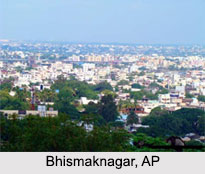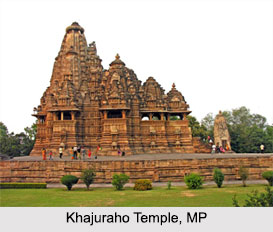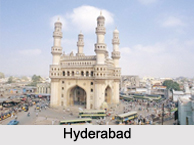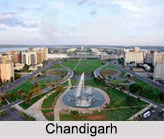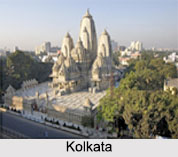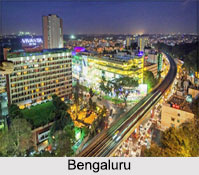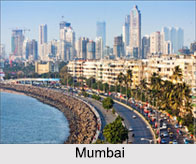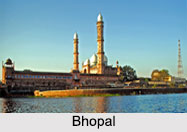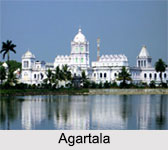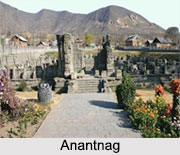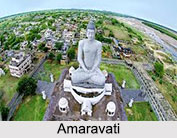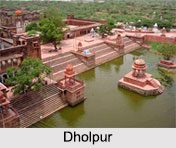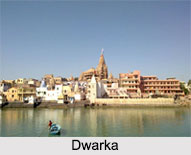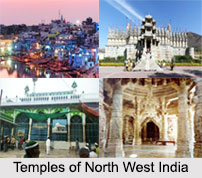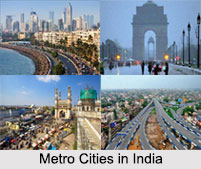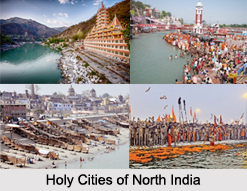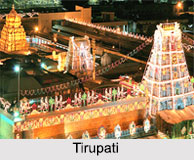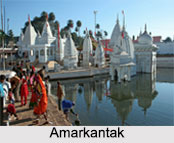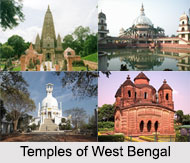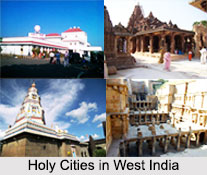In North Kerala lies Kozhikode, which the legendary traveller Marco Polo had distinguished in 1320 A.D. as the "great province of Malabar". Much of this historical richness today however lies buried in the grandeur of a past grandeur - a past replete with the trading visits of European voyagers calling on the ancient and historical port of Kozhikode on their customary journeys of commerce, enticed as they were by timber, ivory, pepper, ginger, cinnamon and other spices. The great traveller Ibn Batuta, who also had visited Kozhikode at least six times in the mid-13th century, also had penned about the prosperity he had witnessed: "The greater part of the Mohammadan merchants are so wealthy that one of them can purchase the whole freightage of such vessels as put in here and fit out others like them". Indeed, history of this city of Kozhikode goes down the prestigious lineage of ancient history of India, forever sealing its position as secured as it can be in the international state of affairs.
There is not much material available of the early history of Kozhikode for people to acknowledge, apart from some prehistoric rock-cut caves that have been found at many places of the district by the same name in Kerala. As a piece of fascinating information to add into the history of Kozhikode, the name Calicut is derived from the word `calico,` standing for the exquisite variety of hand-woven cotton cloth believed to have initiated and developed from this place. There still exists documented visits, as early as the 14th century, by Chinese travellers such as Zheng He.
During the Sangam age, time Kadalundi, as per scholars, was a flourishing seaport of Kerala at that time. Going by history of Kozhikode, the city had played a leading part in nurturing and raising trade relations between Kerala and the outside world. Tondi, the present day Kadalundi as per scholars, was one of the most flourishing seaports of Kerala during that time. Yet again, nothing is known of the post-Sangam age, which is considered to be the Dark Age in South India`s history. In the 9th century, Calicut had successfully become a part of the Second Chera Empire. The Chera`s also acknowledged as Perumals, ruled the territory till 1122 A.D. However, with the fall of the Cheras, the kingdom was divided into umpteen independent districts referred to as `Nadus` such as Ernad and Polanad. Originally, the Calicut area was under the domination of the Porlarthris, acknowledged as the rulers of Poland. It became a decisive town in the 13th century, with the conquest of Polanad by the King of Ernad.
The Udaiyavar of Ernad, whose headquarters was based in Nediyiruppu, had wished strongly for an outlet to the sea and after fighting with the Polatthiri king for 48 long years, appropriated the area around Ponniankara and build a fort at a place called Velapuram. Thus the city of Calicut came into normal existence sometime in the 13th century A.D., which gradually witnessed a serial advancement of history of the place Kozhikode. With the accession of Calicut, the status of Nediyirippu was highly augmented and he came to be recognised as Swami Nambiyathiri Thirumulpad, which gradually turned into Samuri or Samuthiri over the years. The Europeans called him Zamorin. The place circumvented by the fort was known as Koyil (palace) and Kotta (fort) and hence the name of the place became `Kozhikode`. Men from overseas referred to it by different names - for Arabs it was `Kalikat`, for Chinese it was `Kalifo`, while the city is still known to outside world by its European name - Calicut.
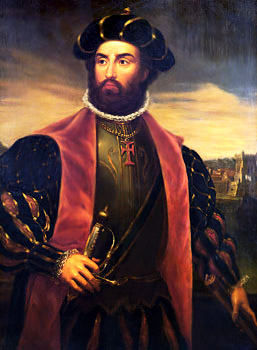 Kozhikode is the most significant coastal city of Malabar, the northern region of the state of Kerala. It used to be a foremost and principal trading centre for spices on the west coast of India during the medieval period, as has been elucidated in the history of Kozhikode. Calicut with its considerable antiquity values and theories had around the 7th century largely increased its population by the immigration of the Moplahs, a fanatical race of Mahommedans from Arabia. These Mahomedans had in fact entered enthusiastically into commercial life after landing in the southern Indian coast. The Portuguese traveller Pero de Covilham had paid a visit to Calicut in 1487 and had enumerated its possibilities for excellent European trade. It was during the 16th century that the Portuguese finally had set up trading posts to the north in Kannur and to the south in Kochi. Ruled by the Zamorin dynasty, history of Kozhikode found a luminous place in ancient world history with the discovery of sea route to India in 1498 by the Portuguese navigator Vasco Da Gama. Vasco Da Gama had landed at Kappad precisely, a coastal fishing village. At that time the city of Kozhikode was an indeed flourishing city and contained an abundance of stately buildings, among which was especially mentioned a Brahminical temple. Vasco da Gama had endeavoured to establish a factory but he evidently had met with persistent hostility from the local chief (zamorin). In the gradually advancing history of Kozhikode, similar attempts made by Cabral two years later ended in the demolition and wipe-out of the factory by the Moplahs. In revenge, the Portuguese barraged the town, but no further attack was made for some years to establish a trading settlement there.
Kozhikode is the most significant coastal city of Malabar, the northern region of the state of Kerala. It used to be a foremost and principal trading centre for spices on the west coast of India during the medieval period, as has been elucidated in the history of Kozhikode. Calicut with its considerable antiquity values and theories had around the 7th century largely increased its population by the immigration of the Moplahs, a fanatical race of Mahommedans from Arabia. These Mahomedans had in fact entered enthusiastically into commercial life after landing in the southern Indian coast. The Portuguese traveller Pero de Covilham had paid a visit to Calicut in 1487 and had enumerated its possibilities for excellent European trade. It was during the 16th century that the Portuguese finally had set up trading posts to the north in Kannur and to the south in Kochi. Ruled by the Zamorin dynasty, history of Kozhikode found a luminous place in ancient world history with the discovery of sea route to India in 1498 by the Portuguese navigator Vasco Da Gama. Vasco Da Gama had landed at Kappad precisely, a coastal fishing village. At that time the city of Kozhikode was an indeed flourishing city and contained an abundance of stately buildings, among which was especially mentioned a Brahminical temple. Vasco da Gama had endeavoured to establish a factory but he evidently had met with persistent hostility from the local chief (zamorin). In the gradually advancing history of Kozhikode, similar attempts made by Cabral two years later ended in the demolition and wipe-out of the factory by the Moplahs. In revenge, the Portuguese barraged the town, but no further attack was made for some years to establish a trading settlement there.
In 1509, the marshal Don Fernando Coutinho had surprisingly made an unsuccessful assail on the city of Kozhikode; and in the following year it was again assailed by Albuquerque under the strength of 3000 troops. On this occasion, the palace in Velapuram was pillaged and looted and the town was razed to ashes. But the Portuguese were finally pushed back with sufficient prowess and fled to their ships after recurring heavy loss. In the following year in the subsequent chapters in the history of Kozhikode, the Portuguese had concluded a peace treaty with the zamorin and were allowed to build a fortified factory on the north bank of the Kallayi River which was however again and finally, forsaken in 1525.
In 1615, the town of Calicut was visited by an English expedition under Captain Keeling, who concluded a treaty with the zamorin; but it was not until 1664 that an English trading settlement was grounded by the British East India Company upon Indian soil. The French settlement, which still exists, was instituted in 1698. However, herein Kozhikode`s historical wonders had taken a dramatic swerve when the town was seized in 1765 by Hyder Ali from Mysore. This bought him into conflict with the British based in Madras, which resulted in the four Anglo-Mysore Wars. The intimidating Hyder Ali had indeed routed out all the merchants and factories and had destroyed the coconut trees, sandalwood and pepper vines; the after-effect was so much so that the country reduced to its ruins did not present any tempting value to the covetousness of the Europeans. In 1782, the troops of Hyder Ali were driven from Calicut by the British; but in 1788 it was taken again and destroyed by his son Tipu Sultan, who carried off the inhabitants to Beypur and treated them with utter vindictiveness. In the latter part of 1790 history of Kozhikode was finally occupied by British domination.
The Dutch and English were prompt to follow in tandem. Quarrels and conflicts over the control of Calicut continued for a long time until 1792, when the British East India Company went into an agreement with the local Zamori rulers to directly administer this area. Kozhikode, in the long run of its history, had passed under British rule in 1792. And history of Kozhikode was altered forever with the political scenario of India ultimately ending with it`s colonisation by the British East India Company and the British Empire later. Kozhikode, then acknowledged as Calicut, had remained under the Madras Presidency, which after Indian Independence in 1947, no more enjoyed the status of a British Presidency town, but was turned into the Madras State. In 1956, when the Indian states were regrouped along linguistic lines, Malabar District was united with the state of Travancore-Cochin to form the new state of Kerala on November 1, 1956. Malabar District was eventually split into the districts of Kannur, Kozhikode and Palakkad on January 1, 1957.
As the administrative headquarters of the Kozhikode district, Calicut still upholds its historical significance. It is served by the Madras Railway and is the chief seaport on the Malabar Coast and is proud to remain the principal exporter of coffee, timber and coconut products. There can be witnessed historical factories for coffee-cleaning, employing several hundred hands; for coir-pressing and timber-cutting. The town also is equipped with a cotton-mill, a saw-mill and tile, coffee and oil works.
